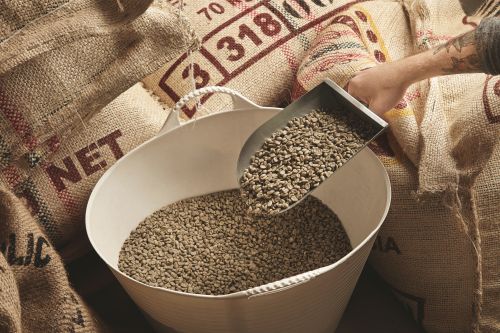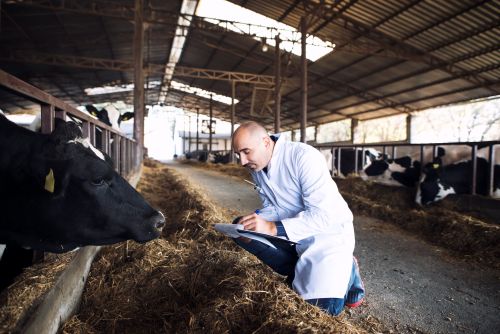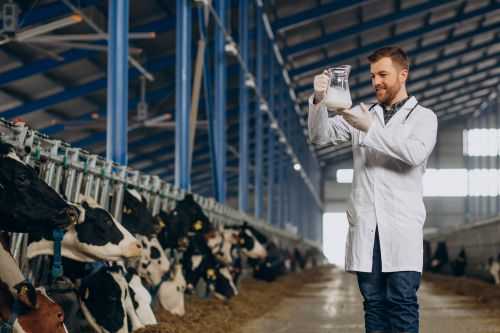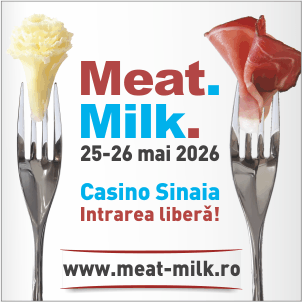
The collective work units and processing methods of manure at the European level have been inventoried by country and process, as outlined in a study presented in summary by Pig333.com. Here's what was found.
There are few examples of collective manure treatment in France. That is why an inventory of collective treatment units or methods at the European level has been carried out.
The operating collective units and purification methods on a European scale have been inventoried by country and by process (phase separation, treatment of liquids and solids, etc.) based on the quantity of treated effluents: on-farm, in medium-sized units (<50,000 tons/year), or large-sized units (>50,000 tons/year).
In France, the annual treatment of several tens of thousands of tons of effluent is considered to be on a large scale. Given these volumes and the average size of French farms, knowing that only surplus effluents are treated, treatment units over 50,000 tons/year are collective, as opposed to individual farm units.
Most processes are adapted to collective processing, while the reverse is not possible due to economies of scale and complexity. Collective units are usually few in number but sometimes dominant in terms of the volume treated in certain countries, as in the case of phase separation, anaerobic digestion, and liquid-phase treatment in the Netherlands.
The implementation of large units varies greatly between European countries.
Some countries are characterized by a high proportion of centralized units in relation to the volume of treated effluents: this is the case in the Netherlands for phase separation and liquid treatment through membrane filtration and nitrification/denitrification. This is also the case in Belgium for liquid-phase treatment through nitrification/denitrification and dehydration of solids, and in Spain for phase separation, a technique that is mainly individual at the European level.
For these three countries, the Netherlands, Spain, and Belgium, the proportion of large methane digesters is higher than in other European countries. The large-scale development of solid dehydration in Belgium and phase separation in the Netherlands is linked to their need to export solids, especially phosphorus, to third countries.
Spain is characterized by a wide variety of centralized treatment processes: the use of additives and pretreatments (high pressure, high temperature), the use of coagulant-flocculants to improve phase separation performance, mainly through decanter-centrifuges for these large installations, thermal dehydration, pelletization, and incineration for solid treatment, membrane filtration, and evapo-concentration for liquid-phase treatment.
Italy is characterized by a strong development of phase separation based almost exclusively on an individual model. The same is true for anaerobic digestion in Germany, except for resorption techniques.
Other situations are characterized by considerable diversity: this is the case for composting in Spain, where individual and centralized units coexist. The same is true for anaerobic digestion in Denmark, where there have been successive phases of public incentives for individual and centralized models. In Italy, anaerobic digestion is also well-developed with a mix of processes.
Differences in the development of centralized units and the chosen treatment processes can be explained by multiple factors: national transpositions of European directives, the nature of local regulations, the density of animal production, the state of communication routes, social acceptability, etc.




